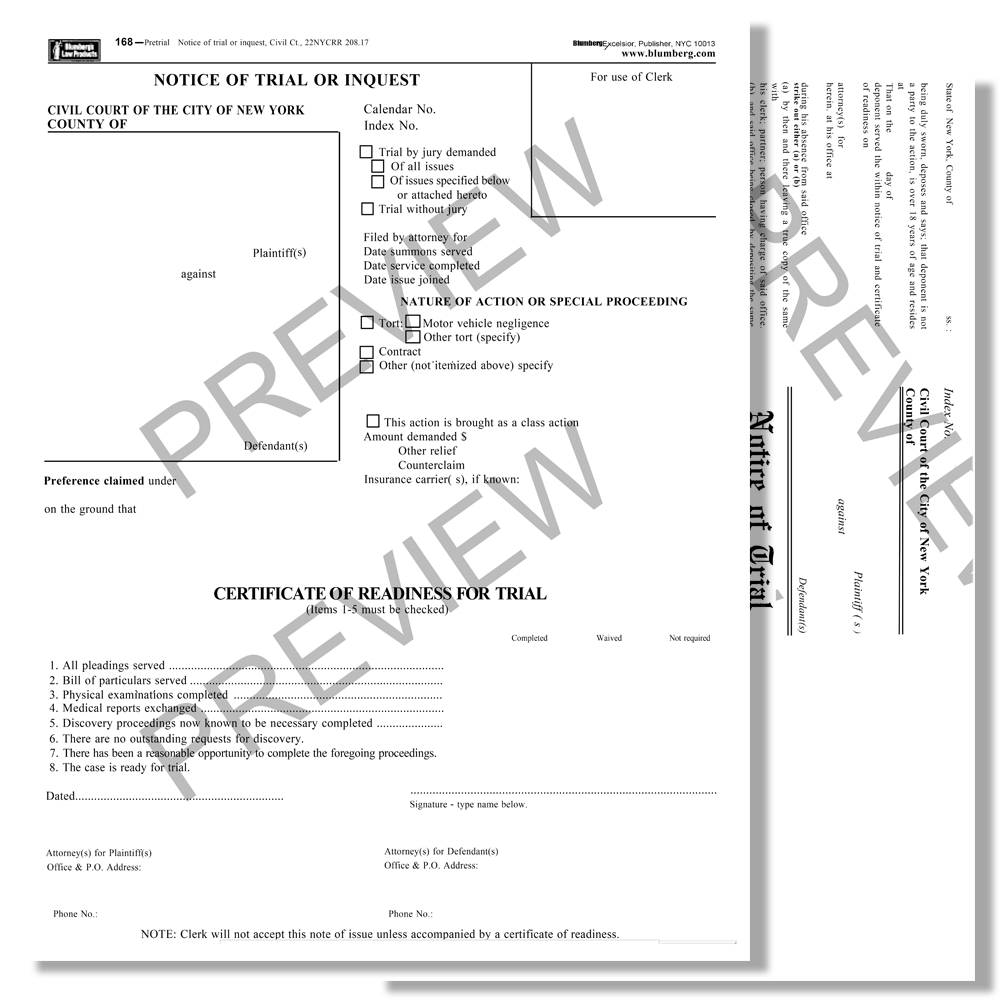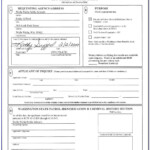Civil Court Forms Notice For Trial – It is possible that you will be required to fill out several forms if you have been selected to represent a client in a civil court battle. There may be forms that you can print or download from the website of the court. You may also have to submit them in format that is printed. Other forms online may be available. But you must ensure that they are appropriate for your particular circumstance before you use the forms.
Form with blanks for filling in
The Supreme Court Administrative Office (SCAO) has a large inventory of court forms that are not filled out and are arranged according to the type of legal issue. The forms can be found by entering their numbers or names.
The first step in establishing a legal document is finding a form that suits your requirements. The names of the cases as well as the names of each party separated by space on some forms.
Make sure you read the guidelines before you fill out the form. You could be required to sign in certain instances and may also be required to state how documents were served. Be sure to have single-sided copies as well. It won’t be necessary to duplicate the documents again when you repeat this process later on.
Request restricted status to get an electronic copy of the document
It isn’t easy to gain the limited status of an electronic civil court form. There are many aspects to take into consideration, such as legitimacy and compliance with format guidelines. To be sure you’re following the correct rules It is essential to refer to the Minnesota Supreme Court regulations or the rules of your particular court.
The general criterion for filing electronically is that the document needs to be readable and bear an official stamp. A properly addressed envelope must also be used to deliver documents to the county clerk. If there is any question the document will be checked to determine its validity.
For example, to notify those involved that your document was made electronically, you may need to complete an EFCIV-22 form. In exceptional circumstances, you must also serve this form with your commencement paperwork.Additionally, you must use EDDS to submit the paperwork to the court.
Print copies of your exhibits.
In some countries, you might be required to present exhibits in physical copy to the court. But, most of your documents can be submitted online. That means that if you have a paper copy of your electronic filings must be submitted in courtroom, you will need to provide the court with it.
Fill in all forms for court. Each of the fields must be filled in fully and precisely. Forms typically have empty spaces. It is always recommended to speak with a lawyer prior to making any form should you have any queries.
Hard copy exhibits should be provided to all parties along with the associated document, such the Notice of Hard Exhibit File. A web-based solution like Odyssey File and Serve, or the EDDS mailing system could be used for serving.
Online forms might not suit your particular circumstance.
If you wish to use online court forms, it is necessary to first consult a lawyer. This will help you know your rights and options. On the other hand, you’re in charge of your own legal actions if you decide to not retain legal counsel. There is a possibility of disciplinary action and civil fines in the event of not practicing law with a license.
Although many courts provide self-help tools on the websites of their courts, some do not. For example, the Alaska Court System has developed specific forms. One of these forms is the complaint form that is available here. The interactive complaint page is another option.
Once you have completed your form take it to print and submit it to the court in which your case will be considered. There may be additional forms available on the court’s website that can be downloaded. But, not all of them can be downloaded without the need for computer software. Computer software can be used to ask questions, collect information, and make forms.


